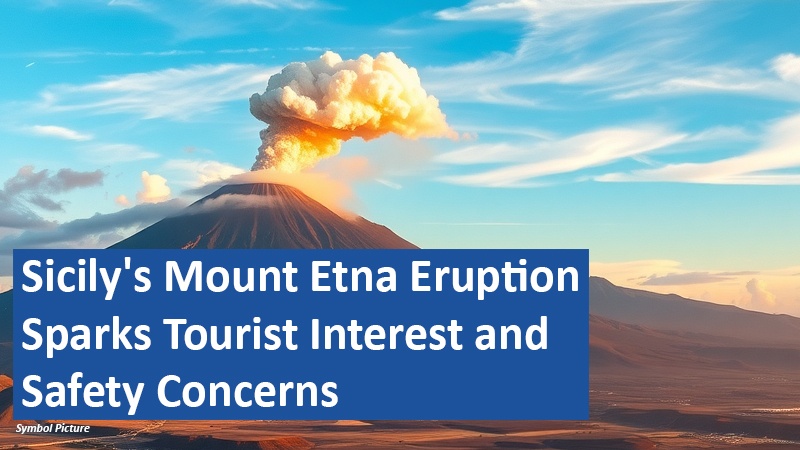
Sicily’s Mount Etna, Europe’s most active volcano, has begun its first eruption of 2025, captivating onlookers and putting local authorities on high alert. Since February 8, the Italian giant has been spewing lava and ash from its Bocca Nuova crater, painting Sicily’s skyline in fiery oranges and deep blacks.
######################################################
Now exclusively try Amazon Prime and Prime Video free for 30 days!
##########################################################
Lava Flows Cut Through Snow and Ice
The Italian National Institute of Geophysics and Volcanology (INGV) reports that the eruption continues at medium to high intensity. Lava flows have extended nearly two miles down the volcano’s snow-covered slopes. By February 20, the lava had reached an altitude of 6,400 feet, destroying vegetation and cutting off the Altamontana ski slope at around 5,900 feet. Explosive eruptions from the crater have ejected ash clouds into the atmosphere, disrupting flights at Catania Airport.
Tourist Magnet and Authorities’ Nightmare
Etna’s eruption has become an irresistible draw for thrill-seekers. Videos of skiers gliding past glowing lava streams and hikers venturing dangerously close to the edge are circulating on social media. An estimated 1,000 visitors per day are attempting to get a front-row seat, posing significant challenges for authorities. On February 16, firefighters had to rescue a hiker who had ventured too close to the danger zone.
Experts Warn of Steam Explosions
While Etna’s lava moves slowly, it remains unpredictable. Volcanologist Giovanni warns visitors to maintain a distance of 330 to 660 feet from lava flows. The interaction between hot magma (about 1,470°F) and snow could trigger steam explosions. These sudden eruptions can propel glowing lava fragments into the air, posing a serious threat.
Historic Volcano, Living Laboratory
Despite the chaos, Etna remains an invaluable subject of study for scientists. Standing at 11,000 feet, the volcano has erupted frequently throughout history, with records dating back to 425 BC. Unlike catastrophic eruptions of other volcanoes, Etna’s slow-moving lava flows rarely threaten inhabited areas. Volcanologist Boris Behncke from the Etna Observatory noted that the current eruption aligns with the volcano’s typical subterminal behavior.
Mount Etna’s eruption offers a fascinating natural spectacle but also poses dangers. Authorities are appealing to visitors’ common sense to prevent accidents. Meanwhile, the volcano continues to provide valuable insights into Earth’s geological processes.
How safe are such volcano tourism destinations, and what responsibility do visitors bear? Share your thoughts!
Based on content from www.dailygalaxy.com and own research.